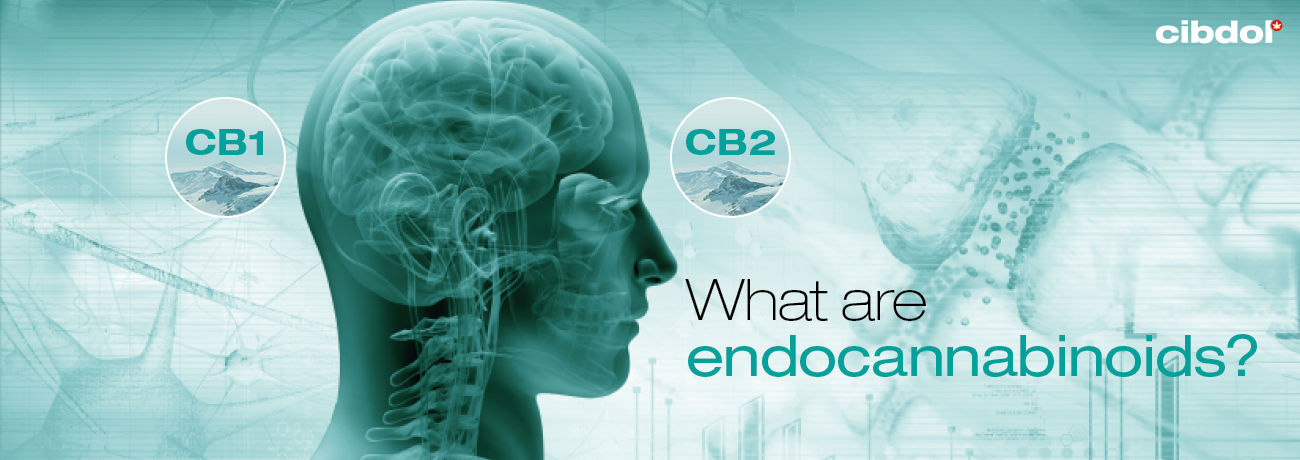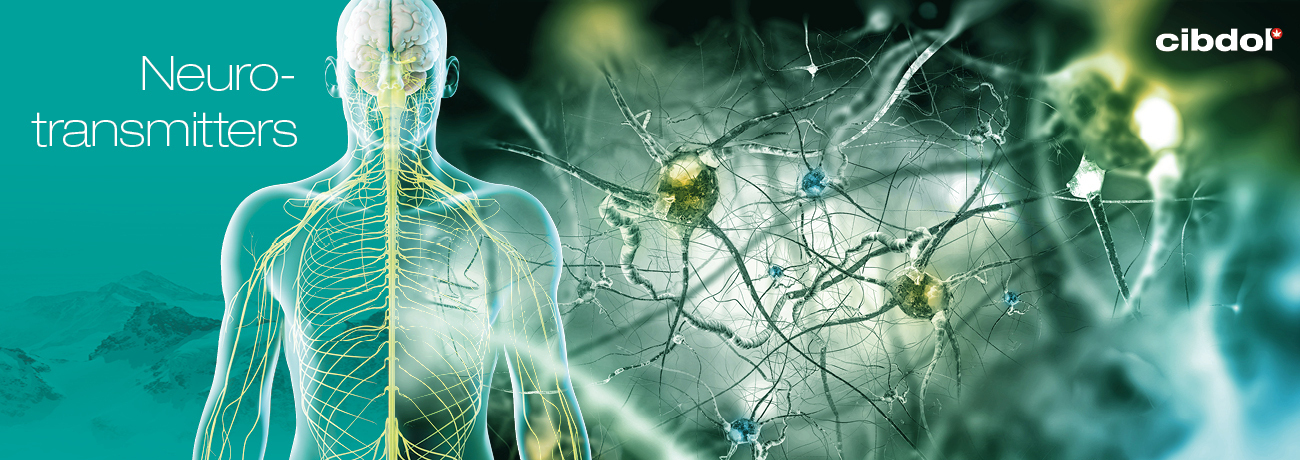What are endocannabinoids?

Endocannabinoids are signalling molecules made by the body that work to modulate the endocannabinoid system (ECS). “Endo”, deriving from the ancient Greek "ἔνδον" (éndon), means “within”, and “cannabinoid” refers to molecules capable of binding to cannabinoid receptors.
Cannabinoids can be found elsewhere in nature. Phytocannabinoids, such as THC and CBD, appear in cannabis and other herbs. Because they share a similar molecular structure to our own endocannabinoids, they are able to bind to and/or influence cannabinoid receptors.
Researchers have identified two key endocannabinoids so far:
• Anandamide (AEA)
• 2-arachidonoylglycerol (2-AG)
Through their action on cannabinoid receptors, both of these molecules influence factors such as mood, sleep, appetite, memory, and learning. However, each endocannabinoid stimulates the ECS to a varying degree[1].
Research has shown AEA to be a low-efficacy agonist of both the CB1 and CB2 receptor. This means the molecule only produces a partial response at these receptor sites. In contrast, studies show 2-AG to be a full agonist of both the CB1 and CB2 receptor. The endocannabinoid binds to both sites with high efficacy and ramps up receptor activation.
Both AEA and 2-AG are retrograde signalling messengers[2]. Unlike most forms of nervous system transmission, which travel from a presynaptic neuron to a postsynaptic one, these endocannabinoids perform the reverse.
Synthesised in postsynaptic neurons, endocannabinoids are released into the synaptic cleft and bind to their target sites on the presynaptic neuron. This allows them to produce effects by inhibiting the release of other neurotransmitters.
This “backwards” mechanism of action underpins the homeostatic effect of endocannabinoids—their ability to help the body maintain physiological balance. If the postsynaptic cell detects a fluctuation away from homeostasis—in the form of a barrage of certain neurotransmitters—endocannabinoids can be deployed to inhibit excessive firing and enforce homeostasis.
Both cannabinoids work on sites outside of the ECS. For example, AEA also binds to TRPV1 receptors[3]—sites involved in pain and inflammation.
2-AG plays an important role in the brain, liver, and lungs. There, it provides a major source of arachidonic acid, which is used in the synthesis of prostaglandins. These substances play an important role in inflammation, blood flow, and blood clotting.
How are endocannabinoids produced?
Synthesis of endocannabinoids occurs—on-demand—in the membranes of postsynaptic neurons. This makes them stand out from other neurotransmitters, such as serotonin, that remain in synaptic vesicles until they are required.
Both AEA and 2-AG derive from fat-based molecules. AEA stems from the precursor N-arachidonoyl-phosphatidyl ethanol, known simply as NAPE, while 2-AG stems from 2-arachidonoyl-containing phospholipids (PIP).
After binding to compatible receptor sites, both endocannabinoids are quickly broken down by specific enzymes. The enzyme fatty acid amino hydrolase (FAAH) catabolises AEA. However, the inflammation-inducing enzyme COX-2 can also degrade AEA through oxidation.
2-AG’s role comes to an end by way of three different enzymes: MGL, α/β domain hydrolases, and COX-2.
Conclusion
Endocannabinoids play vital roles within the ECS and the human body as a whole. Their ability to traverse the synaptic cleft enables them to control neurotransmitter release and maintain homeostasis. These molecules are intimately involved in many important physiological processes, from appetite and mood to sleep. Research continues to elucidate their extensive roles in human physiology.
[1] Lu, H., & Mackie, K. (2017). An introduction to the endogenous cannabinoid system. NCBI. https://www.ncbi.nlm.nih.gov/pmc/articles/PMC4789136/ [Source]
[2] Ohno-Shosaku, T. (2009). Retrograde Messenger. Encyclopedia of Neuroscience, 3529–3533. https://doi.org/10.1007/978-3-540-29678-2_5123 [Source]
[3] Fenwick, A. J., Fowler, D. K., Wu, S. W., Shaffer, F. J., Lindberg, J. E. M., Kinch, D. C., & Peters, J. H. (2017). Direct Anandamide Activation of TRPV1 Produces Divergent Calcium and Current Responses. Frontiers in Molecular Neuroscience, 10. https://doi.org/10.3389/fnmol.2017.00200 [Source]
[1] Lu, H., & Mackie, K. (2017). An introduction to the endogenous cannabinoid system. NCBI. https://www.ncbi.nlm.nih.gov/pmc/articles/PMC4789136/ [Source]
[2] Ohno-Shosaku, T. (2009). Retrograde Messenger. Encyclopedia of Neuroscience, 3529–3533. https://doi.org/10.1007/978-3-540-29678-2_5123 [Source]
[3] Fenwick, A. J., Fowler, D. K., Wu, S. W., Shaffer, F. J., Lindberg, J. E. M., Kinch, D. C., & Peters, J. H. (2017). Direct Anandamide Activation of TRPV1 Produces Divergent Calcium and Current Responses. Frontiers in Molecular Neuroscience, 10. https://doi.org/10.3389/fnmol.2017.00200 [Source]







